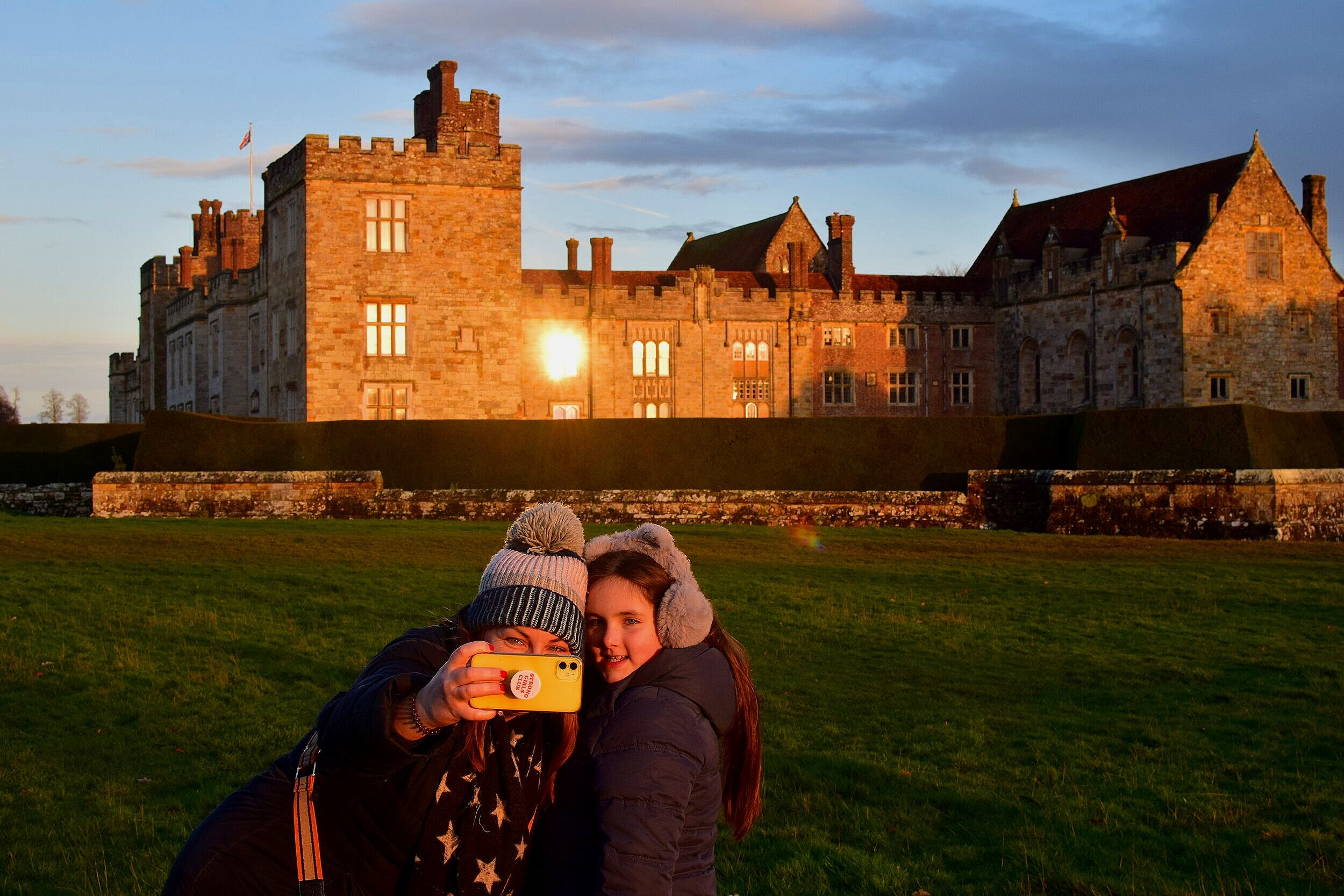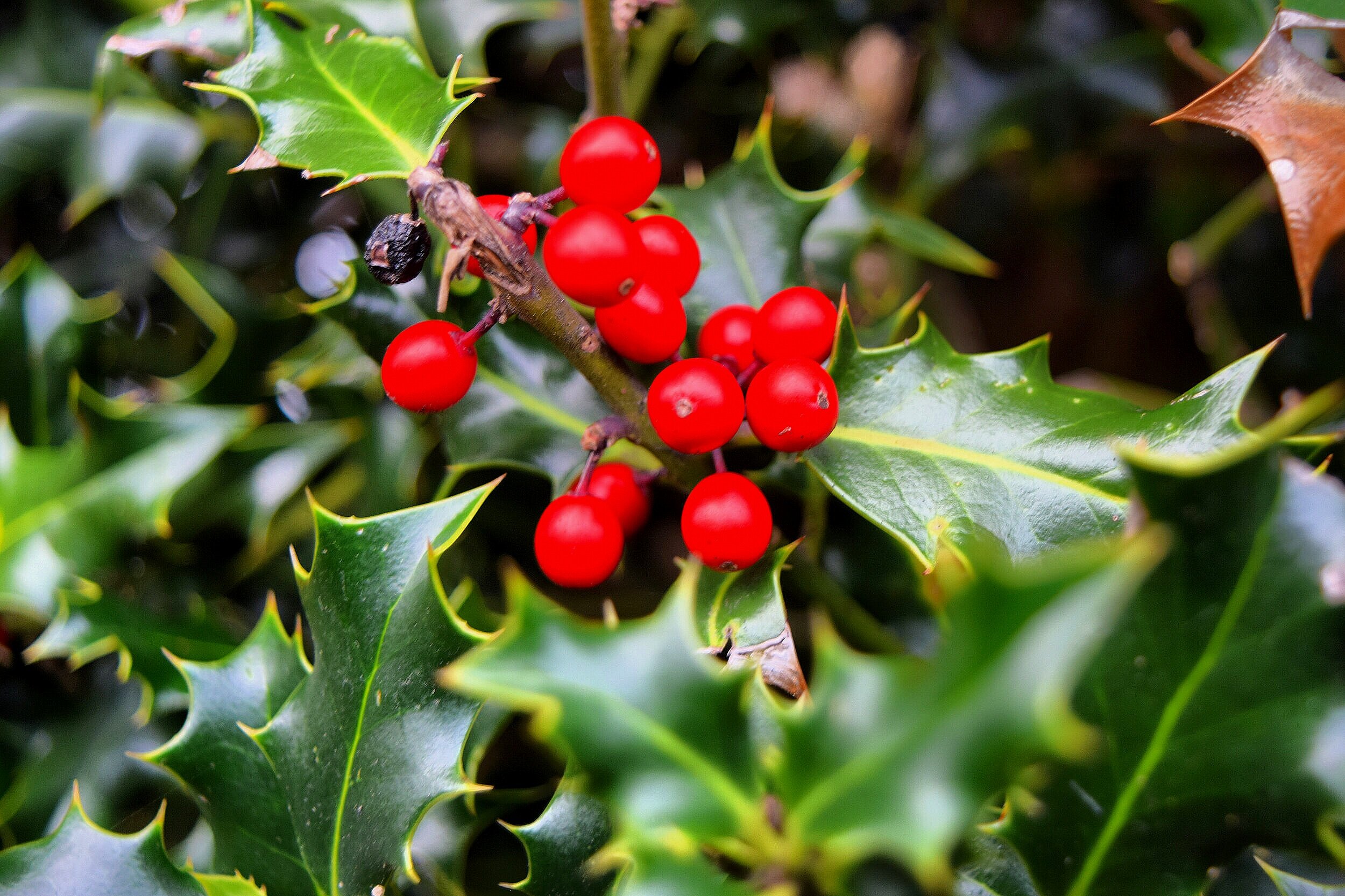Walk 17: A Winters Tale
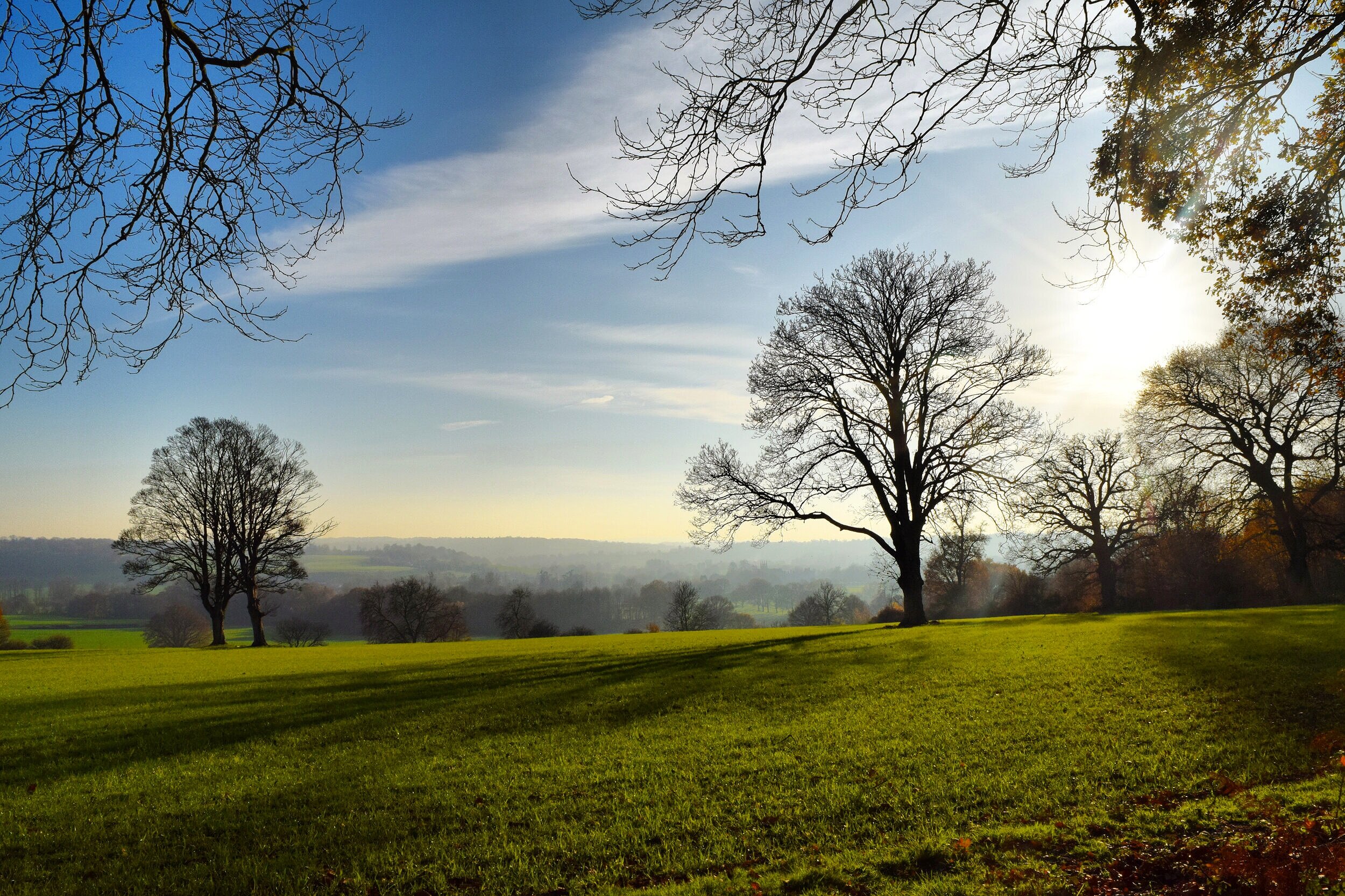
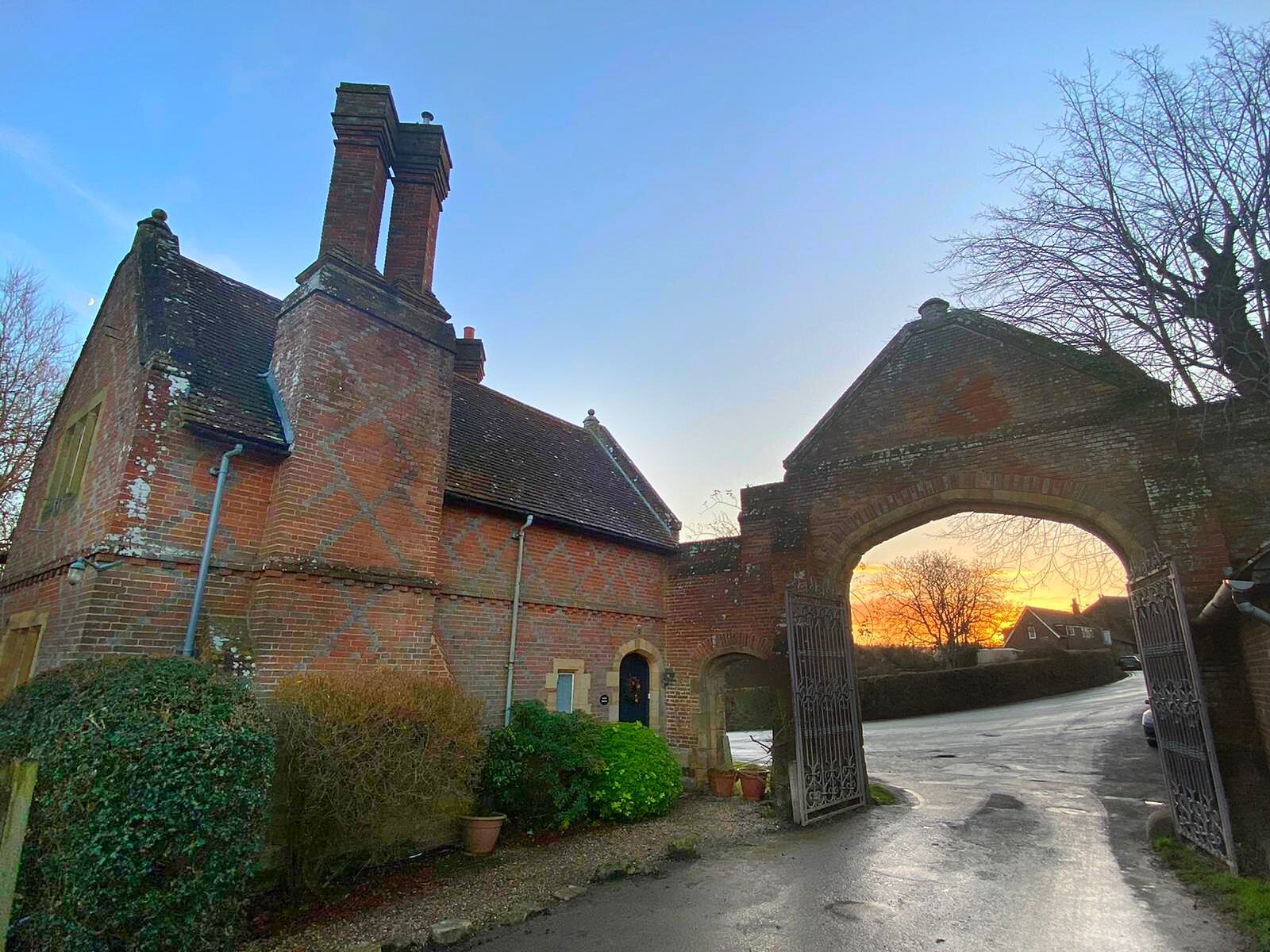
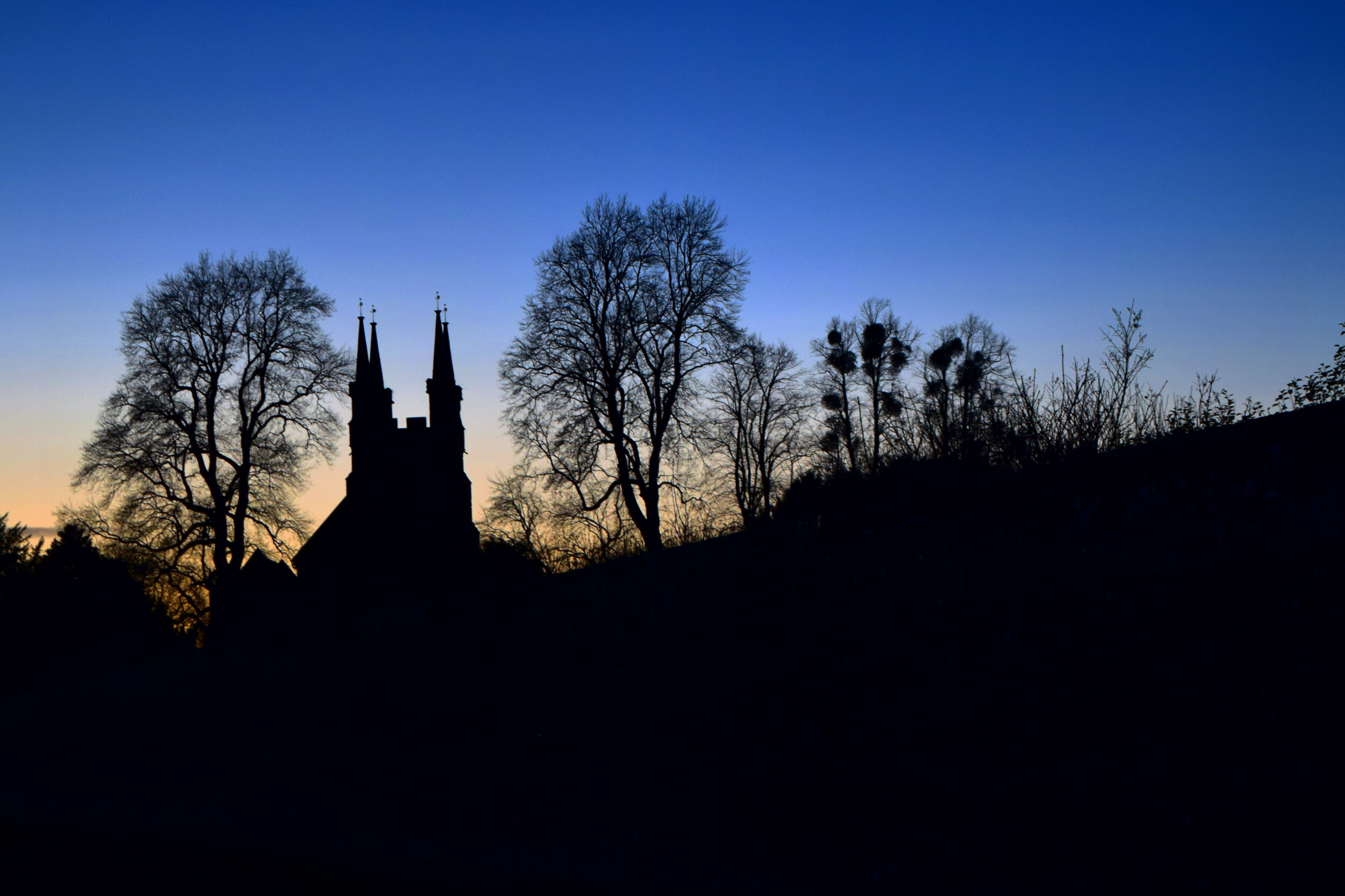
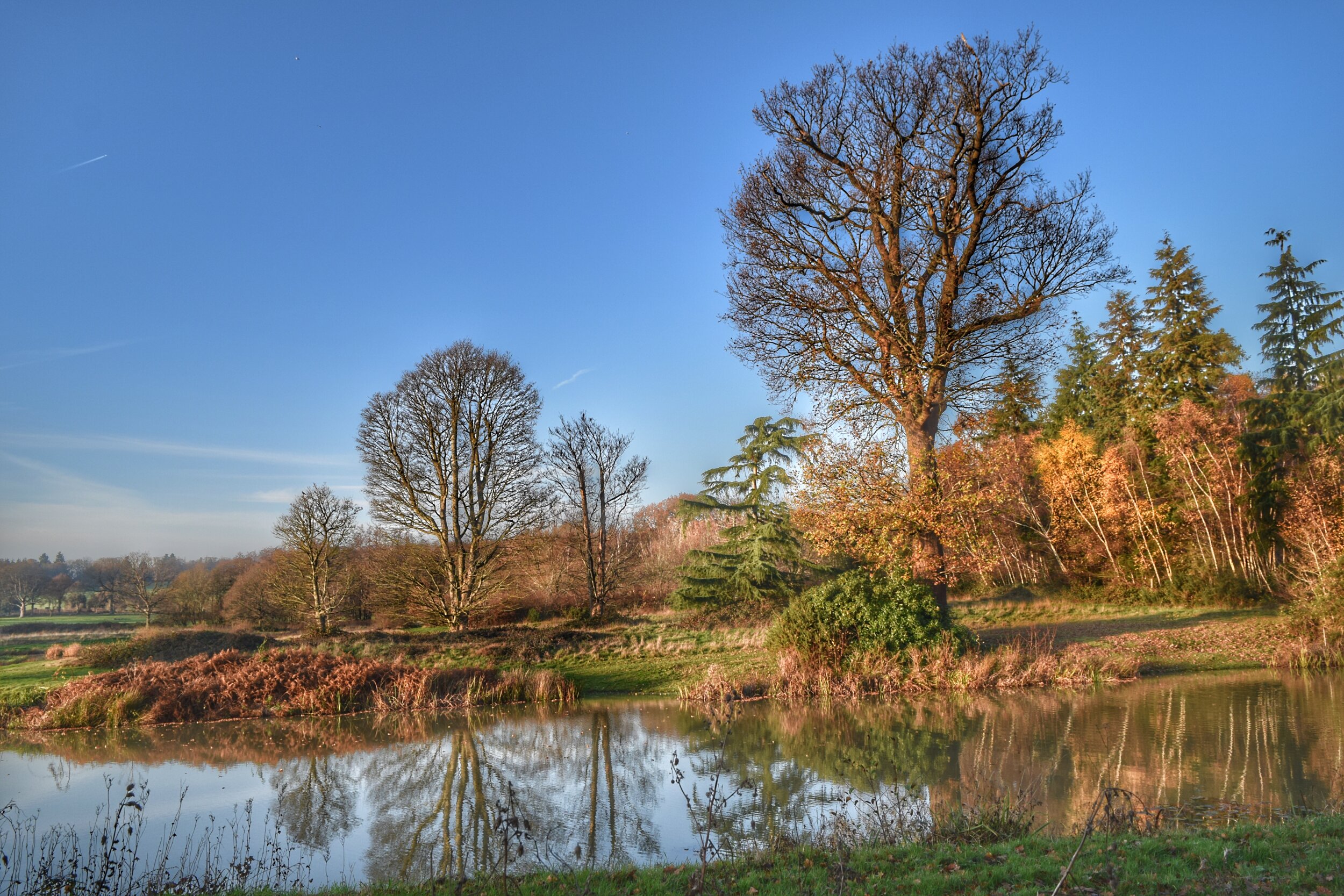

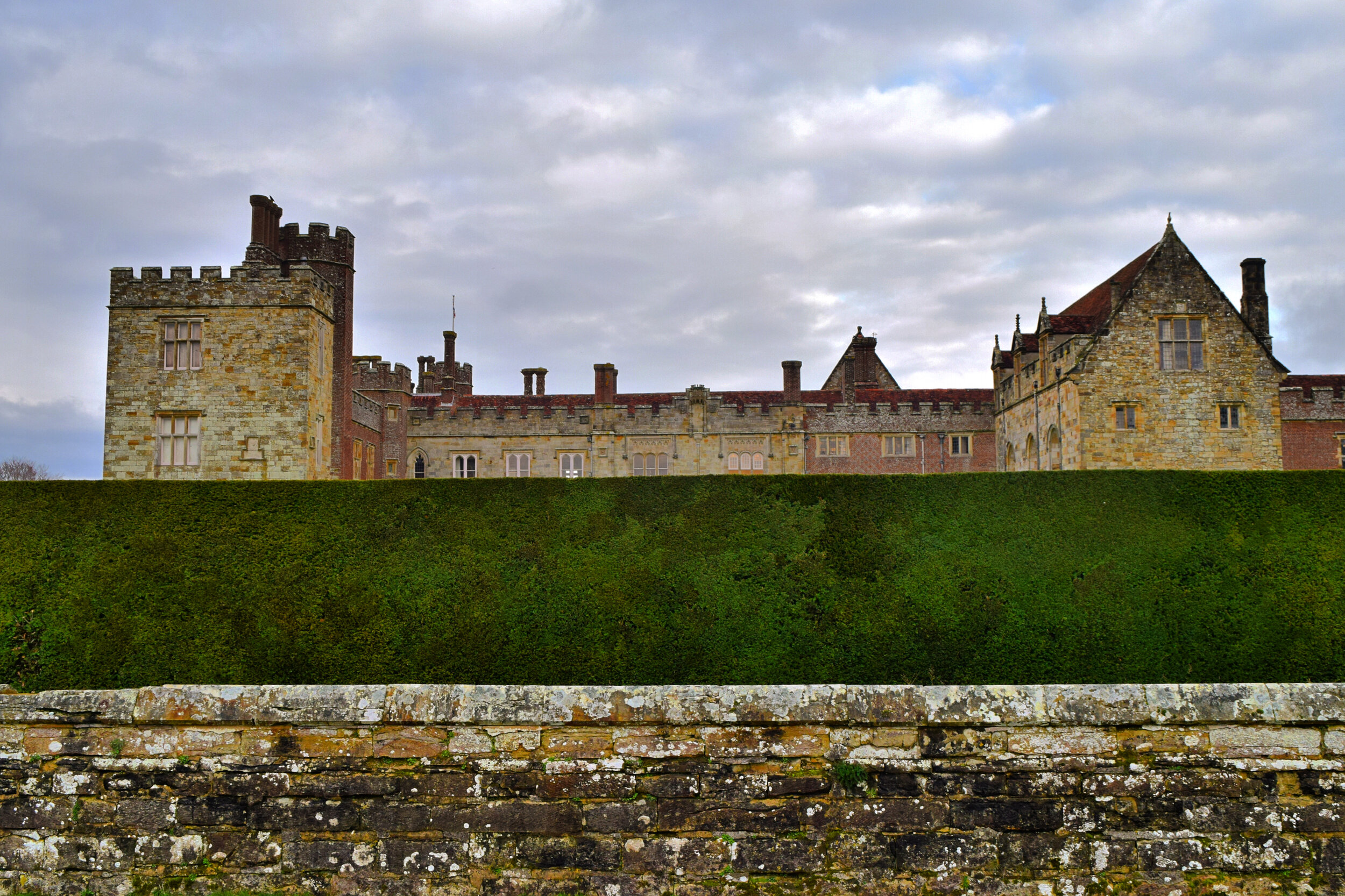
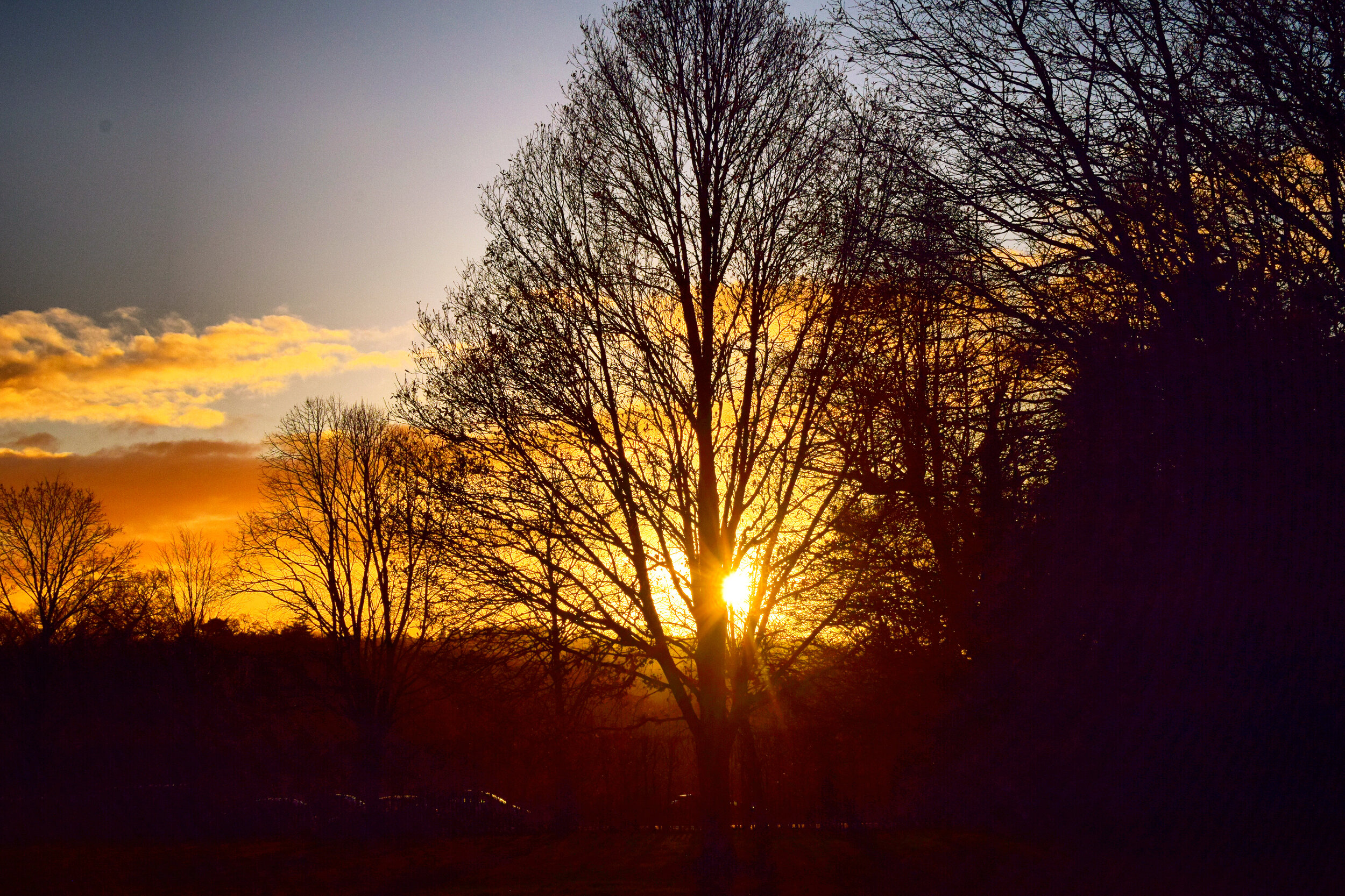
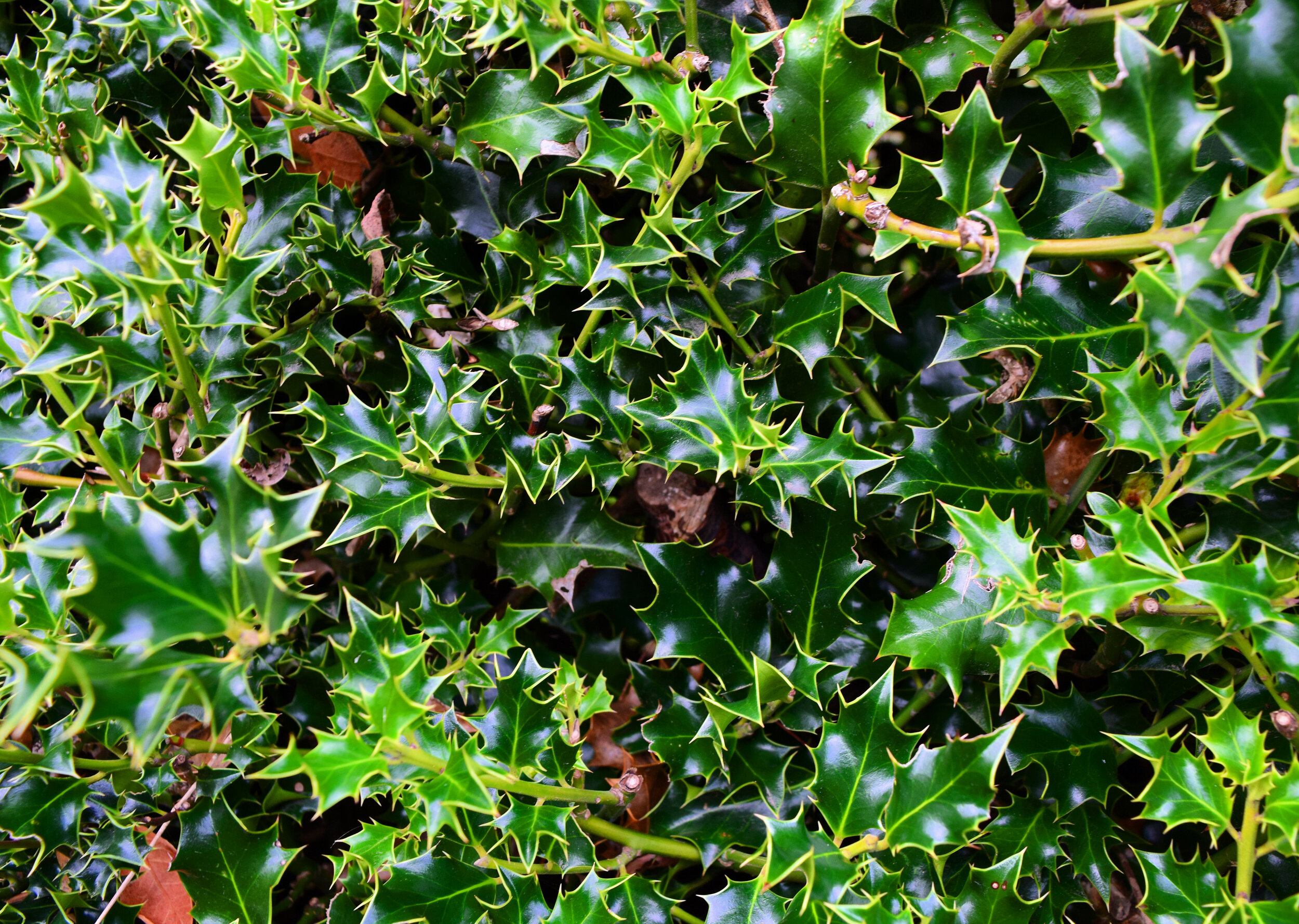
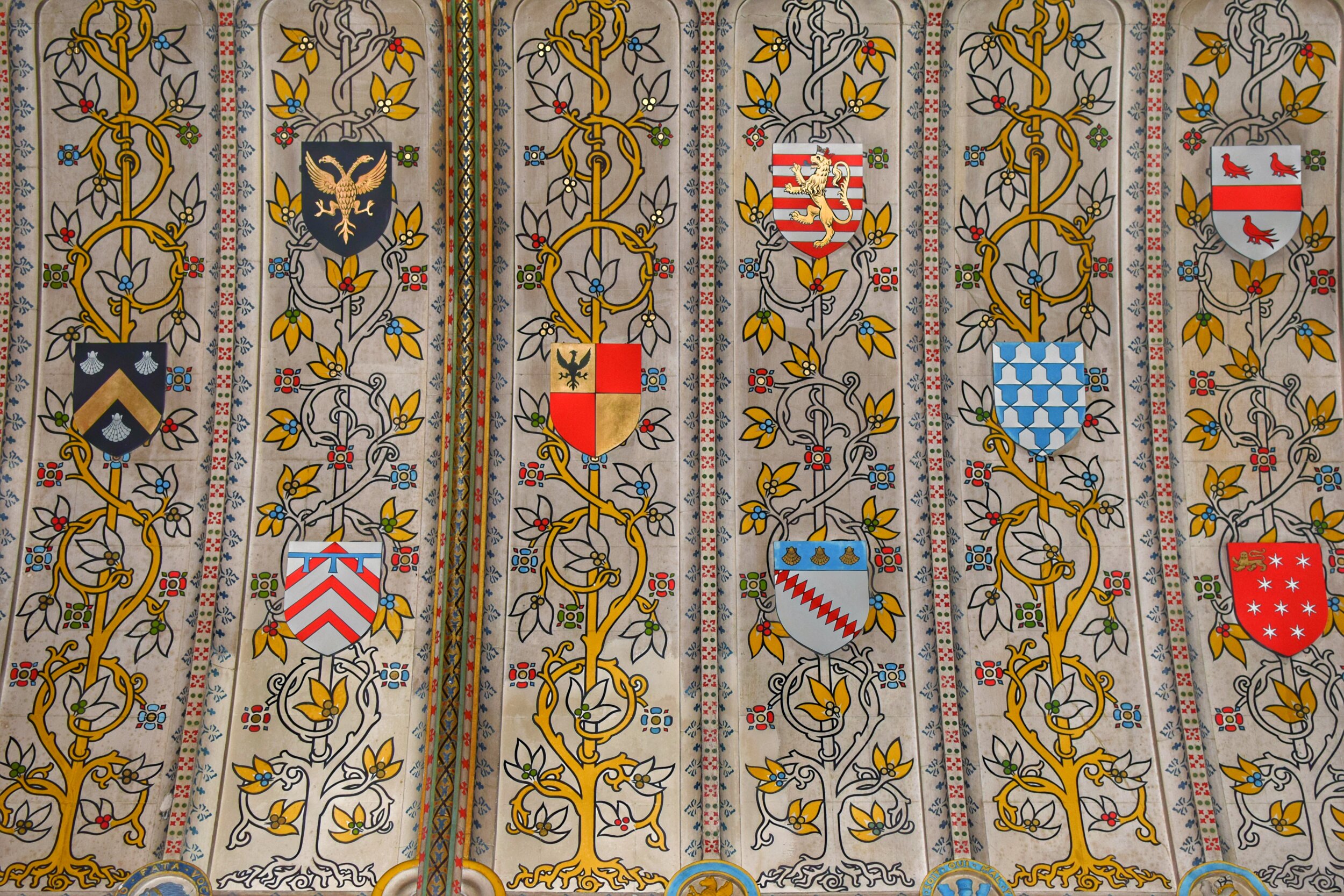
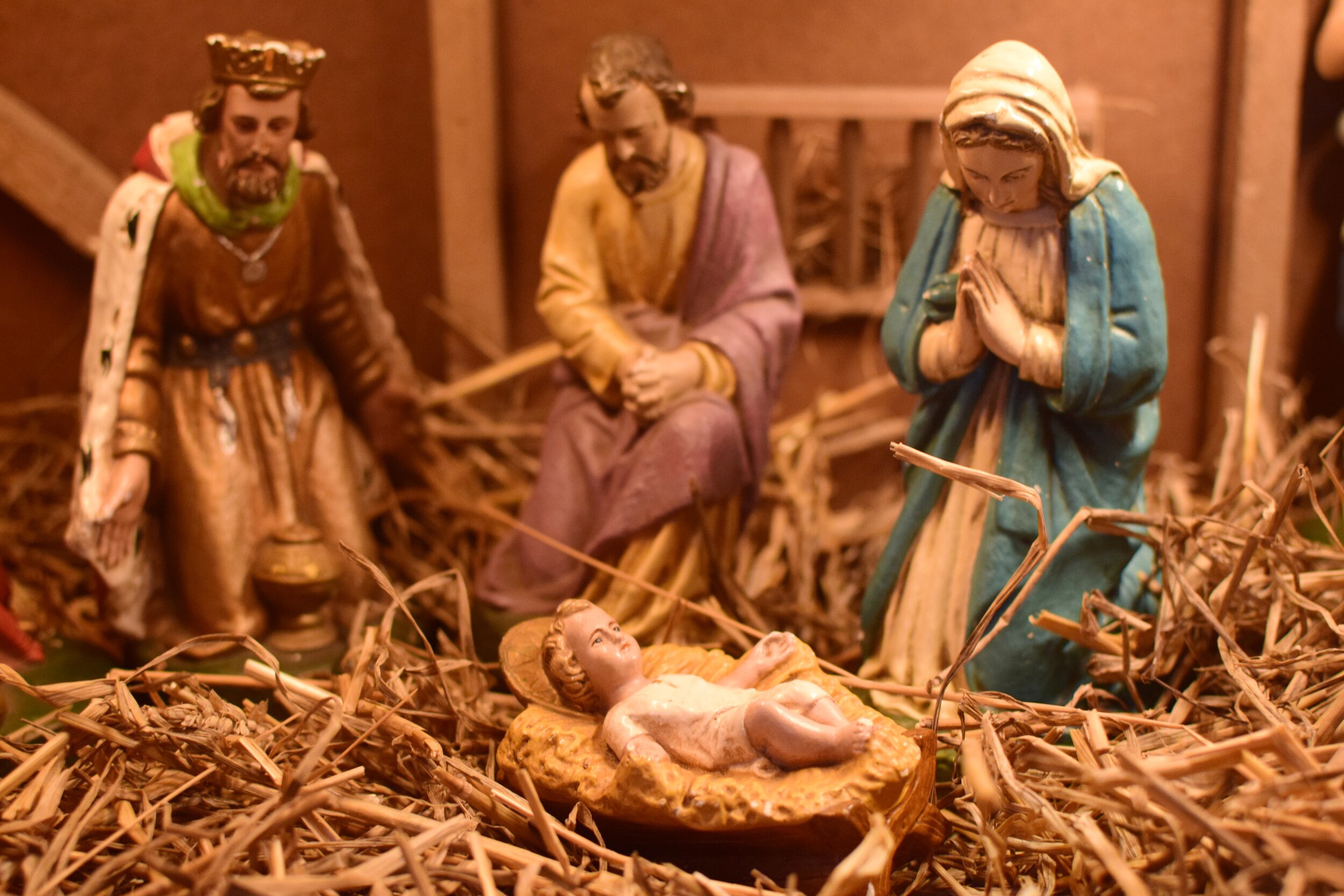
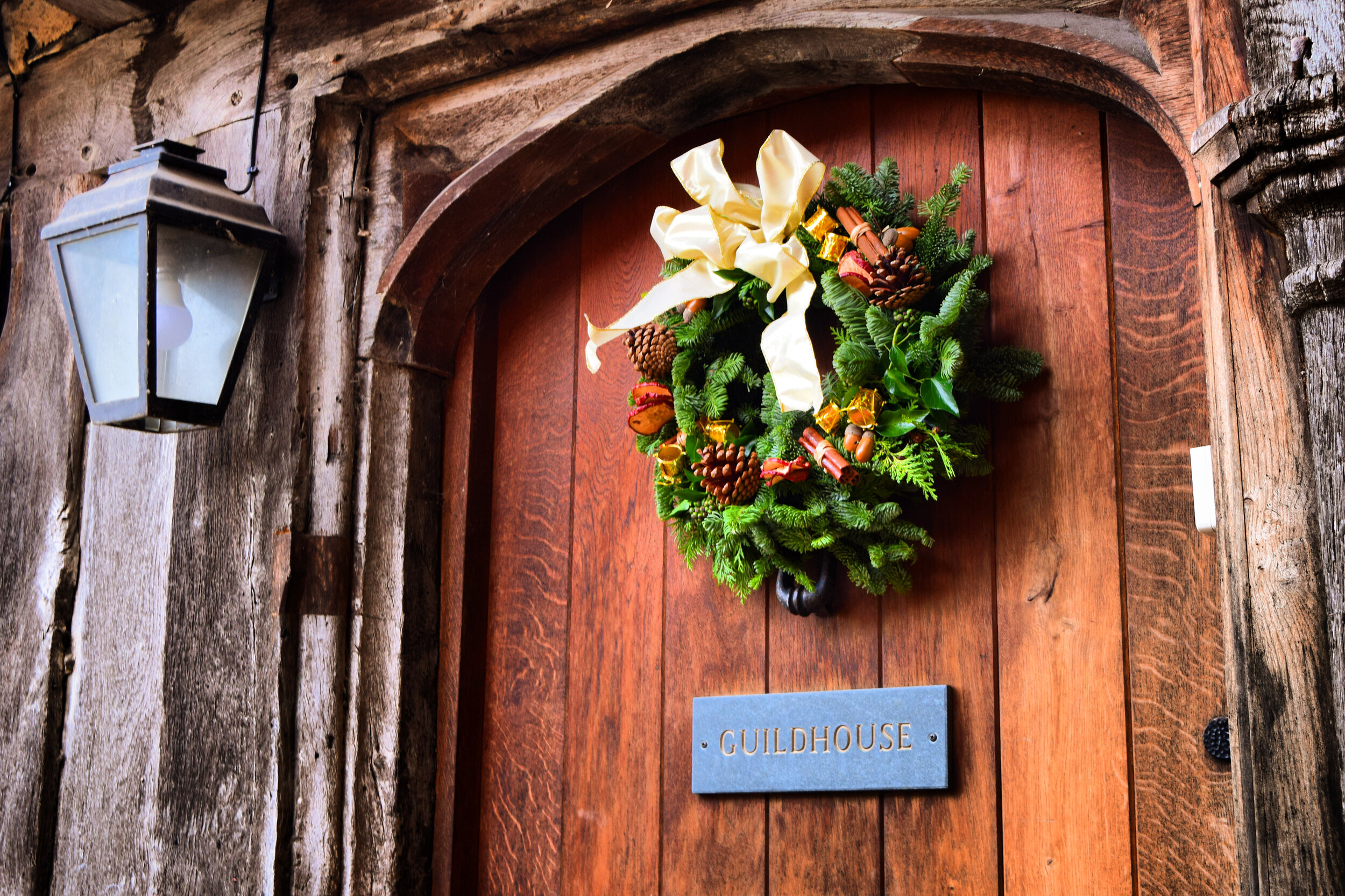

After the rule of six, lockdown 2 and then tier 3, I naively thought we may have just done enough to enjoy a few days with family at this most wonderful time of year, but it wasn’t to be.
Saturday's announcement stung, more than any of the others put together, but once the initial selfish pang of frustration wore off it dawned on me that Christmas hasn’t been cancelled, it’s just going to be different.
One thing that won't change too much is our Boxing Day walk. We won't be walking en-masse this year and I'm expecting the pub to be closed, but the crisp blast of fresh air and squelch of mud underfoot will continue to offer the traditional respite from the festive feast of food and telly.
Whether you decide to make this your boxing day ramble, or opt to save it for the Spring, you can be assured of a beautiful walk. I just hope it’s not too long before we can enjoy it with friends and family.
Begin your walk at the village Hall, Penshurst. There is limited parking in the village but lots more further along Penshurst Road, just past the Fir Tree Tea rooms.
Walk down Rogues Hill and the centre of the village, before turning left under the archway into Penshurst Place Estate. Continue straight ahead, following the driveway with care as you pass alongside the walled garden.
Penshurst Place is a grand manor house and estate that dates its history back to the 1300's when it was bought as a third home and hunting lodge by a gentleman called Sir John De Pulteney.
The Gatehouse and public entrance to Penshurst Place
To say John was rich would be a massive understatement. His business ventures as a money lender had earned him so much money, that he was reported to have even lent cash to the then King of England, Edward III. In addition to Penshurst he owned several mansions, mills, priories, castles and manors. When he wasn't managing his property portfolio or lending money to royalty, he also found time to serve as Mayor of London on four occasions!
Upon Sir John's death the estate was sold to Sir John Devereux, before entering the hands of royalty. Various Dukes and Lords took ownership of the estate before it was seized by one of the most famous historical figures of all - Henry VIII. The King took Penshurst as part of the spoils from the execution of Lord Buckingham. The alleged traitor was seen as a threat to Henry, but even more whilst the King was yet to produce an heir to his throne
Penshurst was used by Henry as a hunting lodge. As well as the deer that sometimes roam here his quarry also included future queens, namely a local lady that lived at nearby Hever Castle; Miss Anne Boleyn. You don't need to be a history buff to remember how it ended for poor old Anne though...
Following the path beside the Walled garden
Hoping for better luck the fourth time round, Henry re-married to Anne of Cleeves after selecting his latest wife based on an oil painting. The marriage was engineered with a view to strengthening relationships with Europe (those were the days!), but once the pair had met, Henry was looking for excuses to back out of the engagement.
The marriage went ahead, but after four nights of unsuccessfully attempting to consummate it, Henry blamed his wife for being uglier than her oil painting had initially suggested. Anne was no catfish, but Henry had made his mind up and after 6 months the marriage was annulled.
Unlike the Boleyn girl, Anne of Cleeves marriage had a much happier ending. After agreeing to go quietly, the King declared his ex-wife a friend and granted her Penshurst Place and a healthy payoff as a parting gift!
Penshurst Place and Gardens
Two weddings and a funeral later and Penshurst passed down to his son King Edward VI. With palaces and estates coming out of his ears, King Edward could afford to be generous with his wealth. As a reward for loyal service he decided to re-gift Penshurst to his steward and tutor; Sir William Sidney. It's at this point in history that we get to meet the current owners. Since that special gift in1552 the estate has remained with the family to this date.
Look closely at the tree tops to your right and you may see clumps of mistletoe, sitting in the empty branches like bird nests. Mistletoe may look magical but it is actually a parasite that grows on the branches of its host, taking water and nutrients as required.
This festive plant has been used to decorate homes at Christmas time since before Christianity and Christmas itself began.
Mistletoe growing in the treetops
The ancient druids believed that this evergreen plant was sacred and could ward off evil spirits, particularly if it had been cut from an oak tree. The pearl like white berries that the female plant produces were seen by the druids as symbols of fertility.
Mistletoe grows all over Europe, so the druids weren't the only culture that entwined mistletoe with myth and legend. The ancient Greeks and Romans associated the plant with friendship and love, and are said to have made peace agreements under the mistletoe. Bringing a whole new meaning to kissing and making up!
Kissing under the mistletoe is a fairly recent tradition though, gaining popularity in Victorian times. Balls of mistletoe and ribbon were hung from the ceiling as decorations. If a young woman was caught under the mistletoe then she could not refuse a kiss, or else she would not be able to marry the following year. Thankfully the current 2 metre guidelines should offer you plenty of safeguarding from unwanted suitors!
The exquisite gardens at Penshurst
As you continue along the driveway you can peek through the wrought iron gates to get a sampler of the exquisite gardens that Penshurst Place is famed for.
The house and gardens have the look and feel of a period drama, which may explain why they have appeared in so many films and television programmes. Some of these include Mary Queen of Scots, Wolf Hall, The other Boleyn girl and The Secret Garden.
If you wish to visit the house/gardens or the Porcupine cafe you will need to make a detour to your left into the car park. This is also home to the very popular farmers market, that you can visit on the first Saturday of each month.
Looking back at Penshurst Place
When ready to resume your walk, continue along the driveway in the direction of Well Place. You will walk past two scenic lakes. Both are particularly photogenic, especially on a crisp winters day when the reflections that shimmer upon their surface come into their own.
Just after the second lake, walk through a metal kissing gate and follow the path uphill between the hedge and field of sugar beet.
These plants parsnip shaped roots will be harvested over the winter and then processed into sugar, ready to be used in all sorts of Christmas recipes and treats. An estimated 7.6 million tonnes of sugar beet are harvested each year, supplying over 50% of sugar used in the UK, as well as over 300,000 tonnes for export. It's not all sweetness and light though - when beet is harvested it results in the loss of a lot more topsoil than other crops, raising questions about its environmental credentials.
Sugar Beet growing on the Penshurst Estate
Go through the next gate and then continue to follow the path uphill. This is a short but tough climb that will challenge even the youngest and fittest of walkers, so take your time and go at your own pace.
Pause at the top of the hill to catch your breath and take in the view back over Penshurst. The grand house and village are dwarfed by the valley but still remain beautiful from afar.
Turn left and continue along the flat path until you reach a large gate - cross through the stile next to this and then continue straight along the path.
No mud here!
To your right you will be able to make out Tonbridge in the far distance, easily identified by West Kent College. Up on the hill in the middle distance you may be able to spot the remains of Four Winds mill, perched precariously at the top of Bidborough Ridge. You can read more about the mill on one of earlier walks; 'The Ascension'
Follow along the concrete path as it makes its way through a coppiced wood. If you look closely at the remaining trunks you will see Ivy tightly wrapped around these. Like mistletoe, Ivy is another plant steeped in myths and legends. Although it is sometimes associated with Christmas, this evergreen plant was celebrated long before Christianity arrived.
In Roman times, there was a God called Bacchus, who was the God of wine. Bacchus wore an ivy crown and carried a staff wrapped in ivy and dripping with honey. He was an eligible young guy who enjoyed a drink and knew how to party!
Ivy, a favourite of Roman God Baccchus and a little known hangover cure
The Romans began to associate Bacchus with ivy and took to wrapping the evergreen plant around a pole, to advertise that wine was being sold inside. Even after the Romans departed, this tradition continued, right up until medieval times and the advent of pub signs. Somewhere along the way, legend dictated that if you drink from a goblet carved from ivy wood you will be able to avoid a hangover - so remember that when you are pouring out your festive tipple of choice!
Follow the path to the top of the hill and then turn left, walking along a wide avenue of trees. Once more the view on your left will be outstanding as it offers a panorama across the valley.
When you reach the end of this path, turn left and walk downhill. Although this is a lot less strenuous coming down, it is very steep and muddy so do watch your step and take care. I would strongly advise you to wear welly boots or proper walking shoes, as this part of the route will be tricky during the wetter winter months.
Spectacular views await
At the bottom of the hill walk through the gate and past a giant oak tree then follow the path to the right.
In Anglo Saxon times, a giant oak like this would have made a prime candidate for the yule log. After the Romans left Britain, the Anglo-Saxons settled in Britain, bringing with them their Germanic traditions. Like the Romans before them, the Saxons would celebrate the winter solstice and the gradual return of the sun. They called this festival Yule and would celebrate with a huge feast. Before the feast commenced, the men of the village would head into the forest and chop down the largest tree they could find. This would then be taken back and burnt continuously for the 12 days of celebrations.
Over time the yule log and Christmas celebrations have both been scaled back but the tradition lives on throughout Europe, although on a much smaller scale. The chocolate treat originated in France around the 19th century, presumably around the same time that people began to reassess the practicalities of dragging a huge tree into the house!
A candidate for the Yule log
Continue along the path and then on your right you will see the remains of the Sidney oak. This geriatric tree met its maker in 2016 aged over 1000 years old. To put that in context, it was nearly twice as old as Penshurst itself and a good couple of hundred years older than Tonbridge Castle.
The tree is named after Sir Philip Sidney, the first of the Sidney family to be born at Penshurst, after his family were given the house two years earlier. Philip went on to have quite a career, becoming a politician aged just 18 and then serving as a famous poet, diplomat and soldier. He was a trusted servant to Queen Elizabeth I who later became a regular visitor to Penshurst. His poetry is said to have inspired Shakespeare and was even referenced in a Monty Python sketch.
Pass through the metal gate (this is also very muddy in winter) and then continue along the path past Lancup Well, an ornamental lake ringed with column shaped hedges. Nowadays the swans you might see swimming look relaxed, but in Elizabethan times, these would have had good reason to be nervous.
Lancup Well lake
Like their predecessors the Elizabethans would have feasted for 12 days at a time, in conjunction with the burning of the yule log. Their banquets were lavish and exotic affairs with roast Swan being the utmost delicacy. The bird would have been carefully skinned before being roasted and placed back into its skin - feathers and all! Other dishes on the table would have included peacock pie and wild boars head.
It was around Elizabethan times that Turkey first hit the Christmas dinner table. Turkeys are native to North America and can be found in Canada and all the way down to Mexico. At the time these giant birds were shipped to England via the Eastern Mediterrian, often by Turkish merchants. As a result of this people assumed the birds were native to Turkey and began naming them Turkeys! It wasn't just the Brits that were confused though. The Turks believed that the birds were being shipped from India and began calling these 'Hindi's'.
Go through the kissing gate and continue into Penshurst Park. The path leads you towards the house as you pass through another avenue of trees.
The remains of the Sidney Oak, a 1000 year old tree
Tucked away on your right you will see a pillbox. If you've read some of my earlier walks you will know that my obsession with these old wartime defences is no secret, but I won't dwell on these further. Instead I will touch on Christmas during the second world war.
Britain experienced six Christmases between 1939-1945, with the festive experience becoming more and more unfamiliar as the impact of the war hit harder each year.
In December 1939, Britain had been at war for nearly four months. Although shots had yet to be fired, things were already beginning to change as the country was urged to make preparations for what may lay ahead.
A pillbox within the grounds of Penshurst Place
Over 1.5 million children were evacuated from London and other big cities within days of war being declared. They were shipped by train to the safety of rural towns and villages all over the country, including Penshurst and nearby Tonbridge.
When the bombs failed to materialise, many families found themselves wrestling with a dilemma as they had to choose between ignoring government advice and bringing their children home for Christmas, or leave them in the care of strangers in the safety of the countryside.
In 1940 the reality of war quite literally hit home. The Battle of Britain had been fiercely fought in the skies that summer, before the blitz began in September. Night after night, bombs rained down on London and other major towns wreaking destruction and terror.
Penshurst Place was bombed several times during the second world war
The bombs stopped on Christmas and Boxing Day but the fear had already set in. Thousands of families spent that Christmas Eve sleeping underground, either in air raid shelters or tube stations.
Those families that were lucky enough to be together and in their own home, would have still faced an unusual Christmas though. By 1941 wrapping paper had been banned to help with the war effort and food shortages were beginning to increase as imports were few and far between. Every bit of labour and resources were being directed to keeping the country armed, so toys and gifts would have more than likely have been home made.
By Christmas 1943 practically all food and drink was rationed, along with many other luxury items. There would have been no chance of a pre-dinner sherry or a dip in the chocolate box. Gin, sweets, fruit and tobacco were all scarce too. Alongside food, soap and clothes were also being rationed, so even the fall back presents of socks and smellies would have been off the gift list!
Penshurst cricket ground
Families would save up their ration coupons for months in advance to try and have a semblance of a Christmas, but even then meat was hard to come by. Goose, Turkey and Chicken were all off the menu, meaning people had to get creative. Recipes such as mock turkey used non-rationed items to recreate imitations of the real thing. Rationing continued in Britain long into peace time, finally ending in 1954.
Continue straight on and walk past what is possibly the most scenic cricket ground in Kent if not England. This picturesque cricket club is perched just above the magnificent house, offering up splendid views from the boundary. Cricket has been played here for over 300 years so not only is the ground one of the prettiest it is also one of the oldest.
Keep going until you reach the metal fence and then walk through a kissing gate and across the driveway. Go through the next kissing gate and then continue along the path as you pass by Penshurst Place.
Passing by Penshurst
On your left you will see a cluster of fir trees, these evergreens may be a bit large for a Christmas tree but they are of the same family.
It was King George III's wife Charlotte that first introduced the concept of the Christmas tree to England, bringing it from her native Germany.
Keeping up the family tradition their granddaughter, Queen Victoria, ensured that Windsor Castle was always decorated with festive firs. In 1848 these enchanted firs caught the attention of the Illustrated London News who ran an article on the main tree and included a drawing of this on their front cover. The resulting coverage turned a quirky German tradition into a must have accessory for the wealthy and aspiring.
Oh Christmas Tree - fir trees at Penshurst
By the 1920's Christmas trees were hugely popular and were available to all. The increased demand for trees led to Christmas tree farms popping up for the first time. Over 100 years later and it's impossible to imagine a Christmas without a tree. Between 6-8 million trees are sold from UK farms every year, but this figure is estimated to reach 10 million this year as people have been so keen to celebrate Christmas early!
Continue round past the neatly trimmed hedge surrounding the house until you reach a kissing gate that leads under a large Holly bush and into the church yard.
Along with Ivy and mistletoe, holly is another evergreen plant that is synonymous with Christmas. Take a close look at the holly bush and you will notice that the leaves above your head are a lot smoother and rounder than the spiky ones lower down the bush.
Holly berries brightening up the bleak midwinter
Amazingly this is part of a responsive defence mechanism that the plant has developed to protect itself from predators. The sharp spiky leaves make the plant unappetising to deer and other grazing animals, whereas the smooth leaves higher up the plant do not need to worry about this threat. It's unlikely that there would be any animals roaming here, but the plant will have sensed walkers brushing up against it and adapted its leaves accordingly. Mind blown yet?!
Walk through the church yard and you will pass by St John the Baptist Church.
Dating back to 1170 this wonderful old church is older than Penshurst Place and is jam packed with history. If you take the opportunity to look around inside you will be rewarded with some historic gems.
Stained glass at Penshurst church
Highlights include an amazingly detailed painted ceiling featuring the Sidney family shields, a memorial to Anne Boleyns brother and a 800 year old tomb belonging to Sir Stephen De Pencester - founder of the village and the first recorded owner of Penshurst Place. You can read more and download a free guide to the church here. Please support the church with a donation if you can. They have been closed even longer than the pubs and lost a huge amount of income during lockdown.
Just past the entrance of the church you will see a stone table. This is a dole table - one of only a handful left in the UK. Traditionally these were used to distribute charitable donations to the poor on St Thomas Day, the 21 December. In medieval times this was a day for charity, where poor women were given licence to go begging around their community. Food and money would have been placed 'on the dole' ready to be collected by the needy. Times have changed but the expression remains today.
Continue along the path and you will come to the old Guild House. This magnificent timbered cottage dates back to 1475 and is believed to be one of only two surviving examples left in England.
The Guild House, Penshurst
It was built and owned by the church to provide food, drink and shelter to travellers and parishioners that were attending the church for feast days. By providing accommodation the church could ensure that celebrations didn't get too rowdy, whilst also securing them enough profits to keep the dole table well stocked come St Thomas Day.
After passing under the Guild House you will emerge into Leicester Square. Unlike its London namesake there are no creepy living statues, glitzy cinemas or overpriced chain restaurants here; instead you can expect a collection of picturesque buildings huddled around a U shaped courtyard.
The only thing the two Leicester Squares have in common is their former owners - the Sidney family of Penshurst Place. In 1563 The title of Earl of Leicester was awarded to Philip Sidney by Queen Elizabeth I and it has been handed down through the family ever since. This Leicester Square is the older of the two, but not by much. The London square was originally bought and developed by the Sidney family in 1630.
The Leicester Arms, Christmas 2020
Turn right and retrace your steps back to the village hall, stopping off in the Leicester Arms en-route should you wish. It's a beautiful old grade 2 listed pub, with plenty of character inside and lovely gardens to the rear. The rules surrounding tiers and lockdown have changed twice whilst writing this, so I cannot be sure what you can expect hospitality wise, but if you are lucky you may be able to enjoy a takeaway coffee and a mince pie from the front of the pub. If in doubt check their web page here.
Continue onto the village hall where this marks the end of your walk. The fabulous Fir Tree Rooms are just next door, so if you prefer a lighter bite or an afternoon tea, then this is another option to consider.
Acknowledgements
Thank you to everyone that has supported Walk Tonbridge in 2020. I will be back with more walks in 2021!


















